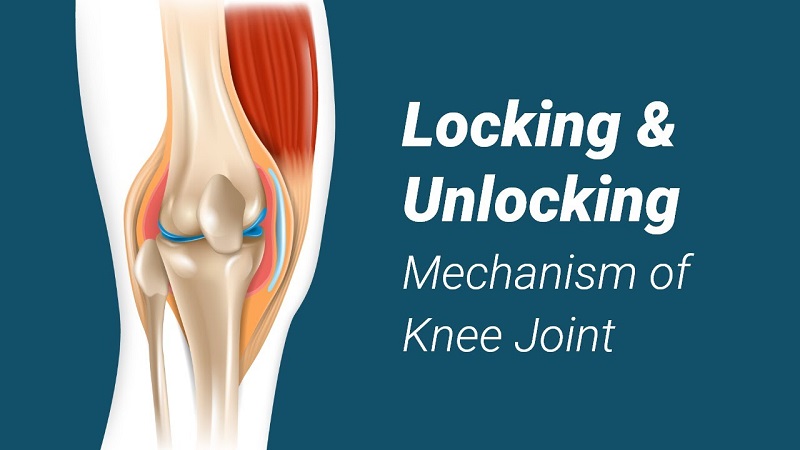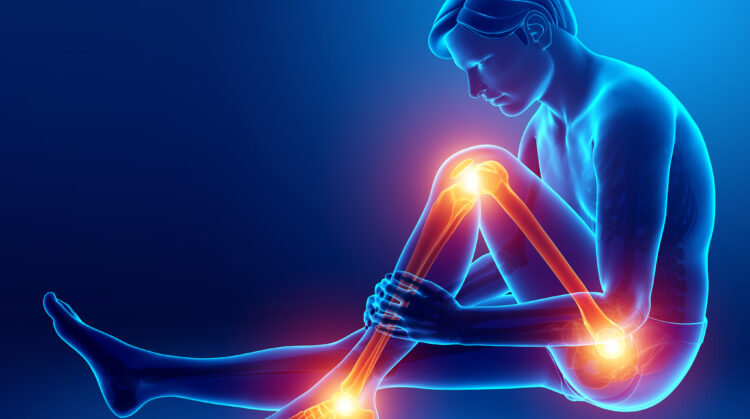
The knee joint is one of the most complex and vital joints in the human body. It not only supports our body weight but also allows smooth movement during walking, running, and other activities. Understanding the locking and unlocking of knee joint is essential for both orthopedic professionals and individuals experiencing knee issues. In this blog, we will explore the biomechanics, muscles involved, and the clinical significance of this function, with guidance from Dr. Aashish Arbat, the best orthopedic doctor in Pune.
Muscles Responsible for Locking and Unlocking of Knee Joint
The knee is a hinge-type synovial joint primarily formed by the femur, tibia, and patella. The unique feature of the knee is its ability to “lock” during full extension, which provides stability, and to “unlock” during the initiation of knee flexion.
- Locking of Knee Joint (Screw-Home Mechanism):
When the knee reaches full extension, the tibia slightly rotates externally (in the case of a free leg) or the femur rotates internally (in the case of a fixed foot). This mechanism stabilizes the knee while standing and is referred to as the “screw-home mechanism.”- Quadriceps femoris: Plays a key role in achieving full knee extension.
- Medial rotation of femur or external rotation of tibia assists in locking the joint.
- Unlocking of Knee Joint:
To initiate flexion from a fully extended position, the knee must first unlock. This involves a slight medial rotation of the tibia or lateral rotation of the femur.- Popliteus muscle: The primary muscle responsible for unlocking the knee. It laterally rotates the femur (on a fixed foot) or medially rotates the tibia (on a free leg), allowing knee flexion.
- Hamstrings: Also assist in flexion after unlocking.
You Might Refer Reading: Is Lower Back Pain Associated With Hip Replacement?
Biomechanics of Locking and Unlocking of Knee Joint
The biomechanics of the knee joint involve intricate coordination between bones, ligaments, and muscles:
- During Locking: The tibia rotates externally by about 10° relative to the femur in full extension. This rotation tightens the collateral ligaments, providing stability and preventing unwanted lateral movements. The quadriceps maintain extension, and the joint requires minimal muscular energy to stay upright.
- During Unlocking: Popliteus contraction initiates medial rotation of the tibia, loosening the ligaments and allowing the knee to bend easily. This process ensures smooth transitions between standing, walking, and running.
The efficiency of this mechanism is crucial for energy conservation during prolonged standing or walking, and it also protects the knee from injuries.
Locking and Unlocking of Knee Joint Diagram
To better understand the locking and unlocking of knee joint, diagrams are often used in orthopedic studies. Typically, these diagrams illustrate:
- Knee in full extension with external tibial rotation (locked position).
- Knee beginning flexion with popliteus contraction (unlocked position).
- The relationship between femur, tibia, and patella during these movements.
Such visual aids are helpful for both medical students and patients seeking clarity about knee function.
Locking Muscle of Knee Joint
The primary locking muscle of knee joint is the quadriceps femoris, which achieves full extension. On the other hand, the unlocking muscle is the popliteus. Both muscles work synergistically to allow smooth, controlled knee movements. Dysfunction in these muscles can lead to joint instability, difficulty in walking, or knee pain.
If you experience persistent knee pain, locking, or difficulty in movement, consulting an expert is essential. Dr. Aashish Arbat, a renowned orthopedic surgeon in Pune, and knee joint replacement doctor in Pune, offers advanced diagnosis and treatment options for knee problems, including conditions affecting the locking and unlocking mechanism.
Clinical Significance
Understanding the locking and unlocking of knee joint has practical applications:
- Knee Osteoarthritis: Altered mechanics can accelerate cartilage wear, leading to pain and restricted movement.
- Post Knee Surgery Rehabilitation: Restoring the proper locking-unlocking mechanism is vital after knee replacement or ligament repair.
- Sports Injuries: Athletes are prone to popliteus or quadriceps injuries, which can affect the normal knee biomechanics.
Advanced treatment, physical therapy, or surgical interventions may be recommended depending on the severity of the condition.
Conclusion
The knee joint’s ability to lock and unlock efficiently is essential for stability and mobility. Muscles like the quadriceps femoris and popliteus play a pivotal role, and the biomechanics involve precise rotational movements. Understanding this function is crucial for diagnosing knee problems, planning surgeries, and ensuring proper rehabilitation.
For anyone experiencing knee pain, difficulty in movement, or conditions affecting the locking and unlocking mechanism, consulting an experienced orthopedic professional is vital. Dr. Aashish Arbat, the best orthopedic doctor in Pune and knee joint replacement doctor, provides expert care and advanced solutions to restore normal knee function and improve quality of life.



 Previous Post
Previous Post

